The idea of an automated external defibrillator (AED) seems dramatic. Many people think of these devices as dangerous medical items – they do generate an electric wave that would ultimately shock a patient. However, the truth is that AED works much safer than most people tend to think. At the same time, it is critical that you should understand the potential risks that come with the improper use of these devices and understand that some people have a Do Not Resuscitate order.
In fact, most sudden cardiac deaths occur outside the hospital. It is estimated that 5% or less of sudden cardiac death patients successfully resuscitated and discharged alive. In a study on public access defibrillation (PAD), the survival rate of the volunteer community trained in CPR and AED was twice that of the volunteer community trained only in CPR. [1]
In this article, we will consider the benefits of deploying an AED in the workplace and think about how effective these devices are. Also, we will take a look at the potential risks that may come with using these products and why it is essential to do thorough research before deciding on a specific AED to buy.
What is the role of an AED?
The primary purpose of an AED is to assist in the detection of heart arrhythmias. An arrhythmia relates to a dysfunction of the heart's normal rhythm. When an arrhythmia is identified with the use of an AED, a shock can be delivered to the heart. The goal of the shock is to assist in normalizing the function and rhythm of the patient's heart.
In addition to being a tool used in the treatment of heart arrhythmia, another critical purpose that an AED device serves is to help restore a heartbeat in cases where a patient had suffered a cardiac arrest. The shock delivered to a sudden cardiac arrest victim with the AED can save a life in many situations.
Why install AEDs in the workplace?
Sudden cardiac arrest is a leading cause of death in the United States, according to the American Heart Association (AHA). And about 10,000 sudden cardiac arrests occur while victims are at work, according to the Occupational Safety and Health Administration (OSHA) data. Thus, placing automated external defibrillators (AEDs) in the workplace can mean the difference between life and death. There is no national requirement that employers provide AEDs in the workplace; even so, all 50 states in the US have enacted laws or regulations for the devices. [2]
A common question that people ask is not only what the benefits of a defibrillator would be, but also how capable these devices truly are. In this case, the AEDs have been proven to provide an effective way of saving people’s lives.
When an AED is used within the first three minutes after a patient experiences a cardiac arrest or their heart stops beating, there is an efficacy rate of about 80%. Performing CPR together with an AED is proven to be a significant improvement of efficacy rate compared to the CPR method alone. Therefore, it is necessary to install AEDs in the workplace, which will likely be granted the highest level of protection and make employees rest assured.
When does an AED shock?
The most common abnormal rhythm that causes cardiac arrest is ventricular fibrillation (VF). Electric shock can prevent ventricular fibrillation and restore the heart to its natural rhythm. How does AED know when to deliver an electric shock to the injured? Modern defibrillators can be fully automated and used by people without formal medical training. AEDs are becoming more and more common in public places and even at home. The risk of AED shock to "living" patients is really low. An AED is applied to the casualty using two chest pads. The chest pad allows the machine to deliver electrical shocks through the heart muscle. They also act as "sensors" that would enable devices to record and interpret the electrical activity of the heart. If the machine senses electrical activity with a heartbeat, it will not give an electric shock. Therefore, AEDs are very safe because they do not produce shock unless required.
Is it safe to use an AED?
When it comes to looking at the potential benefits of a defibrillator, it is crucial that you also consider the risks that come with using these devices.
The great thing about these devices is that an AED device is usually considered exceptionally safe. Sure, the device delivers a shock to the patient's chest. However, the specific mechanism that lies underneath the procedure was developed to ensure that harm will not come to the patient when the product is used appropriately. This is why many of the newer models, such as the Mindray BeneHeart C Series, come with a smart system. The system guides the rescuers through the entire procedure, ensuring the safety of both the patient and the person conducting the defibrillation.
Is it legal to use an AED on a patient?
There have been some concerns about the use of an AED device on patients of cardiac arrest. The concerns are primarily related to the fear of being sued by the patient when these devices are used.
Generally speaking, it is essential to note that, as we did mention, an AED is considered a safe device. Nevertheless, there are cases where the use of these devices could be considered inappropriate, for example, when the patient’s heart stops due to problems other than ventricular fibrillation, and thus cannot be saved by defibrillation. In these cases, there may be certain legalities involved when someone does decide to use an AED on such a patient.
The good news is that most AEDs will tell you whether or when it is appropriate to give a shock when you apply the pads on the patient’s chest. However, it’s always the best thing to do to get some AED knowledge and CPR training.
Conclusion
The use of an automated external defibrillator serves a critical purpose in cases where a patient experiences a sudden cardiac arrest. Without the use of an AED in time, the patient does face a risk of death. There are definite benefits of AED that you need to place in the workplace – along with the fact that these products are safer than many people think they are.
[1] OSHA, 2019. AEDs Workplace [Online]. OSHA. Available at: https://www.osha.gov/SLTC/aed/aeds_workplace.html (Accessed: 27 December 2019)
[2] Roy Maurer, 2013. AEDs in the Workplace: Benefit or Burden? [Online]. SHRM. Available at: https://www.shrm.org/resourcesandtools/hr-topics/risk-management/pages/aeds-workplace-benefit-burden.aspx (Accessed: 27 December 2019)


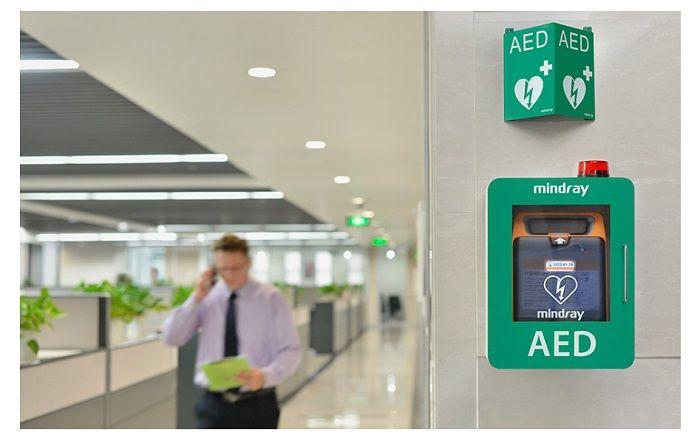





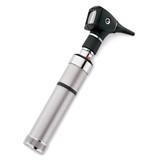


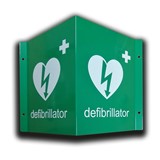
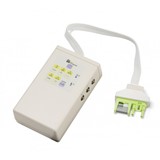

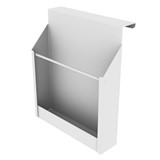

-205x205.jpg)
-205x205.jpg)

-205x205.jpg)
-205x205.jpg)










